Cementing its role as an industry trailblazer, Canndescent has completed the cannabis industry’s first, commercial-scale solar project, powering its indoor production facility in Desert Hot Springs, California. Delivering onsite, renewable energy, the 282.6-kW system uses 734 solar modules on seven different carport structures to energize the company’s historic cannabis production facility, which also earned attention in 2016 as California’s first municipally permitted operation.
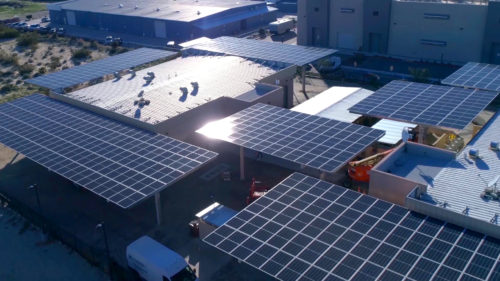 As the first cannabis company to power an at-scale, indoor cultivation project with renewable solar energy, Canndescent provides a critical template for sustainability in an industry where outdoor growers tax water resources and indoor and light dep greenhouse growers consume an estimated 1% of the electricity produced in the United States.
As the first cannabis company to power an at-scale, indoor cultivation project with renewable solar energy, Canndescent provides a critical template for sustainability in an industry where outdoor growers tax water resources and indoor and light dep greenhouse growers consume an estimated 1% of the electricity produced in the United States.
Cultivating indoors with solar power, the project marries the crop turns and water efficiency associated with indoor, hydroponic cultivation and the energy efficiency found in other forms of cultivation. Historically, the cannabis industry has chosen between indoor, outdoor, and greenhouse approaches. With the first-of-its-kind solar project, the company creates a fourth choice it calls greendoor that unites water efficiency, energy efficiency and pesticide-free growing in an indoor format.
The company invested a combined $3.75 million to retrofit its 11,000-sq-ft warehouse for solar and cannabis production and produces an estimated 10,000 pounds of boutique cannabis in a city where 34% of the population lives at or below the poverty line.
“Since inception, Canndescent has lifted up our community contributing $500,000 in local cannabis taxes and creating 150 jobs,” said Scott Matas, Mayor of Desert Hot Springs. “Adding renewable energy to what was the first cultivation project to open in the Coachella Valley, Canndescent continues to light a path for others to follow.”
Canndescent CEO, Adrian Sedlin, said, “We commissioned the solar project because the modern consumer deserves and demands that we create exceptional products using exceptional practices. As an industry coming of age right now, its natural and appropriate for the cannabis industry and Canndescent to lead business community in addressing some of the world’s pressing challenges.”
Palomar Solar assisted with the Canndescent solar project, and construction took eight weeks after a two-year struggle to win project approval and financing. The project consists of custom carport structures since solar could not be installed on the facility roof due to fire codes.
“Given the restrictions around cannabis banking and lending and the complexities of energy projects and California civil construction in general, this was extraordinarily difficult to pull off,” said Canndescent’s Chief Compliance Officer Tom DiGiovanni. “Nevertheless, we got it done and have established a template for the ‘green industry’ to go greener.”
To accelerate adoption of solar power and greendoor practices within cannabis, Canndescent will release a white paper in 2Q19 sharing its solar project plans as opensource.
News item from Canndescent
Also take a look at Solar Power World‘s extended look at how solar can help the legal marijuana growing industry, here.

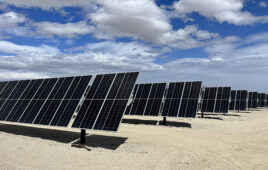
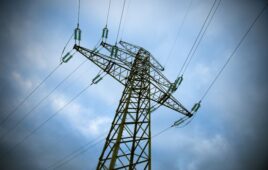
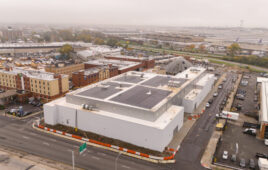
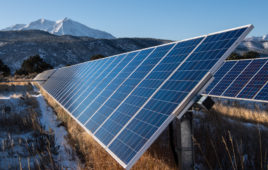
There is no fire code that says you can’t install on a building. The most common reason rooftop systems are rejected in Southern California is for structural load. Many warehouses are built with wood, rather than steel and the roofs can’t support concrete ballast for solar arrays. A product like the OMG PowerGrip Plus allows direct installation of the racking without ballast.